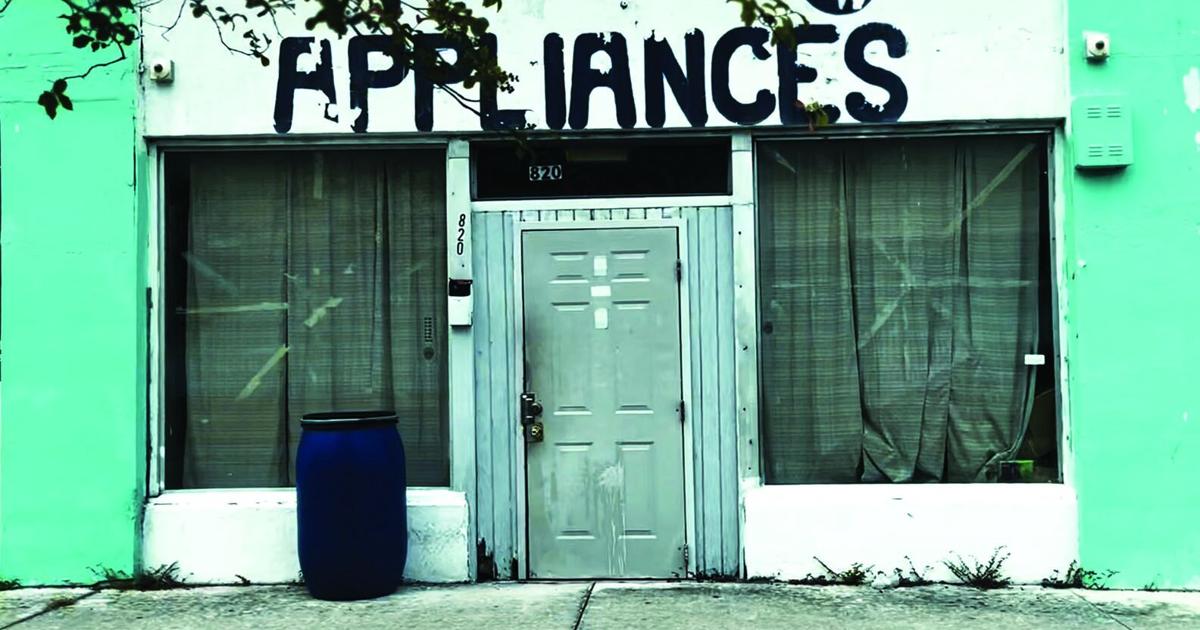FORT PIERCE — For visitors arriving from Interstate 95, the gateway into Fort Pierce should be a welcoming drive into one of Florida’s most historic coastal cities. Instead, many say it’s a 15-minute stretch that shapes a first impression the city can’t afford: overgrown grass, broken fences, vacant buildings, and pothole-patched roads.
Commercial property owners, investors, and business leaders agree the city has a blight problem. The concern isn’t only cosmetic — it’s about economics.
“If your introduction to Fort Pierce is a corridor of dilapidated properties, peeling signs, and junk cars, the image sticks long before you ever reach downtown,” said commercial property owner Steve Tarr.
“Code enforcement here is complaint-driven only,” said Tarr, who has invested in numerous downtown buildings. “If someone complains, the city responds. If they don’t, nothing happens. That’s why the gateway corridors look the way they do.”
The problem
City code already acknowledges the issue. According to Fort Pierce’s own Crime Prevention through Environmental Design (CPTED) guidelines, eliminating overgrowth and improving lighting deters crime and improves community safety. Codes require landscaping to be trimmed, signage to be maintained, and parking lots to be adequately lit. But without proactive enforcement, those standards often remain unenforced until someone speaks up.
“Vacant and blighted properties hurt curb appeal, property values, and even crime prevention,” the city website states. Yet according to Tarr, the lack of regular inspections has led to missed opportunities. “I’ve had investors walk away from deals because of how the city looks,” he said.
The city’s response
In response to questions from Hometown News, city officials said that while Fort Pierce’s code enforcement program is “largely complaint-driven,” it does engage in proactive enforcement.
According to the city, “routine sweeps are conducted along main corridors throughout the year to identify and address issues like blighted properties, overgrown landscaping, damaged fences, and non-operative vehicles.” Code enforcement officers are also assigned zones where they perform proactive enforcement “as resources allow.”
Officials say limited staffing and a high complaint volume have constrained how often proactive inspections can be carried out. However, work assignments are being reassessed. The city noted that with the addition of new enforcement officers through the City Marina and the pay-to-park contract, “more proactive enforcement may be possible in the future.”
When it comes to potholes, broken fences, and overgrown landscaping along Orange Avenue and U.S. 1, the city said those issues are handled through “routine sweeps” and, in the case of potholes, coordination among agencies such as the City, County, and Florida Department of Transportation (FDOT).
City officials also acknowledged that blight “has a major impact on development, the economy, crime rate, safety, and community well-being.” They highlighted ongoing efforts such as the Clean and Safe Community Initiative, which has been extended, and the awarding of contracts to nuisance abatement contractors, with a demolition contractor soon to be added.
The city also pointed to digital tools and public campaigns meant to empower residents to report and prevent blight:
SeeClickFix, launched more than five years ago, lets residents report issues like code violations, potholes, or overgrown lots directly from their phones or computers.
The Keep Fort Pierce Beautiful campaign, themed “Our City. Our Responsibility.”, encourages shared accountability between local government and residents in maintaining community standards and reducing blight.
“These tools and campaigns reflect the city’s proactive stance on community preservation,” the response states, “even as staffing limitations necessitate a largely complaint-driven enforcement model.”
The result
The consequences ripple into the downtown economy. Fort Pierce boasts nearly 14 restaurants, a historic theater, and revitalized office and retail spaces. But outside of festivals or special events, foot traffic remains sparse.
“If you stood on Orange and 2nd on a weekday afternoon, you could fire a cannon down the sidewalk and not hit anybody,” Tarr said. “There should be life here, even in September.”
Meanwhile, the Brightline train speeds past Fort Pierce without stopping, a stinging reminder that the city isn’t yet seen as a destination.
Looking forward
Developers say the infrastructure is here — it just needs to be “uncovered and polished.” Projects like King’s Landing may add residential density and attract more tourists, but property owners argue those gains will be lost if the city’s main corridors aren’t cleaned up.
“The potential is here and the ingredients are here,” Tarr said. “But without better decisions at City Hall, businesses downtown won’t survive.”
City officials say they share that vision — and that initiatives like SeeClickFix, Keep Fort Pierce Beautiful, and the Clean and Safe Community Initiative are part of the long-term effort to restore the city’s gateways and make Fort Pierce shine again.
For now, the contrast remains clear — a downtown core showing new energy surrounded by corridors still in need of attention. Yet city leaders, property owners, and residents alike seem to agree on one thing: Fort Pierce has the potential to match its historic charm with a welcoming first impression. As cleanup efforts and community partnerships continue, many hope the city’s gateways will soon reflect the same promise and pride seen in its heart.

